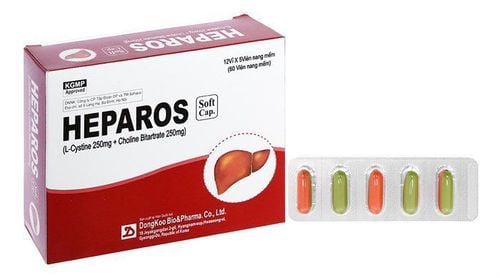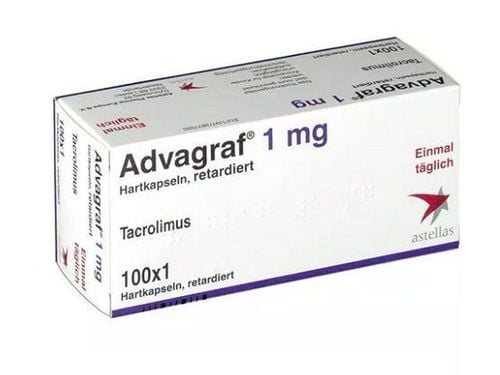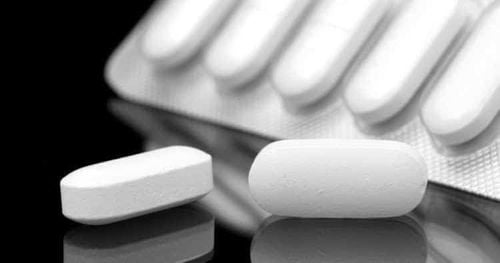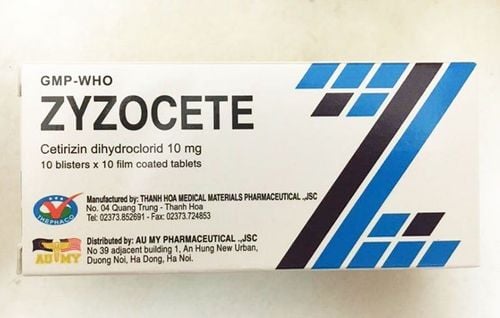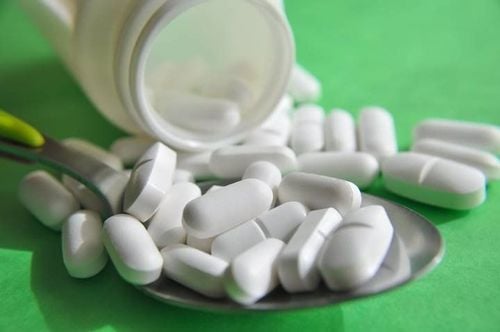This is an automatically translated article.
The liver is the largest internal organ in the body, excluding the skin. The adult liver weighs about 1.3 kg and contains about 13% of blood. This organ is cone-shaped and dark red-brown, located below the diaphragm and above the stomach. Find out what role the liver plays in the body.The article was consulted with Specialist Doctor I Vo Thi Thuy Trang - Department of Medical Examination & Internal Medicine - Vinmec Da Nang International General Hospital.
1. What role does the liver have?
The liver does three main jobs:
1.1. Liver Detox Most of the medications you take pass through the liver. In some cases, the organ has to secrete chemicals to "trigger" certain drugs to work. Liver chemicals also control the rate at which the drug is broken down, used, and then "neutralized" and excreted in the urine or feces.
It is the blood from your intestines that also carries toxins. Anything left over after the body uses it will be broken down by the liver to be excreted. Waste can move in the bile and pass out in the stool, or enter the bloodstream, then reach the kidneys and leave the body when you urinate. In addition to toxins in food, the liver also breaks down toxins found in alcohol, pesticides, and heavy metals, and turns them into harmless substances that are easily eliminated. Toxins can also be left over from normal body functions, such as hormone production.
1.2. Storing fuel The small intestine absorbs nutrients from food such as sugars, glycerol, amino acids, vitamins, minerals, and salts and transfers them to the bloodstream through special cells. The first stop is the liver, which converts nutrients into usable forms, then stores some, including iron, folate, and vitamins A, D and B12, to deliver them in the right places. when the body needs it.
Glucose or blood sugar is instant fuel for the body. The liver normally stores the energy you take in during the day in the form of glycogen. If you fast for a while and your blood sugar drops too low, the liver quickly converts glycogen back into glucose. This process can happen while you are sleeping.
In addition, the liver also helps to keep the balance of energy sources. This organ is not only an abundant source of fast fuel (glucose), but also takes amino acids from digested food and converts it into fatty acids. When you run out of glucose, the liver can change those fatty acids into another form of energy, called ketones. This process occurs in people following the keto diet.
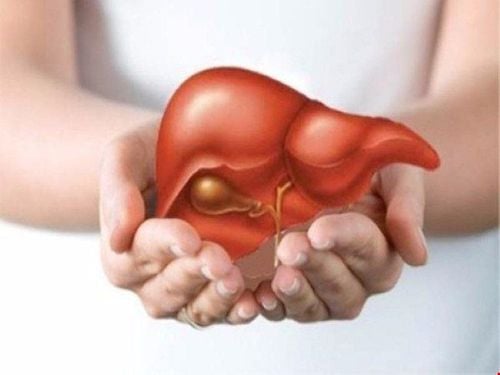
Gan giúp cơ thể con người dự trữ nhiên liệu và biến đổi thành axit béo
1.3. Make bile to help digest food The liver uses cholesterol to make digestive juices, called bile. This fluid helps break down fats and certain vitamins for your body to use. Small bile ducts carry bile from the liver to the gallbladder, where it is stored and supplied to the small intestine when needed.
MORE: Choose "you" for the liver
2. Other roles of the liver
In addition to the three main functions outlined above, this wonderful organ is involved in hundreds of other functions of the body. Which includes:
Supports the immune system Along with the ability to filter toxins, the liver can find, capture and destroy harmful bacteria, viruses and other germs that enter the body through the food. to drink. This organ has the largest pool of phagocytes to fight bacteria and is ready to launch a full-blown immune response when needed.
Sharp thinking The liver also helps you to be smarter and think more clearly by removing toxins from the blood. When liver function is affected, chemicals can build up and change your mood, sleep habits, and the way you act. You may feel depressed, anxious, or have trouble concentrating. Over time, you may also experience hand tremors, muscle twitching, and slurred speech. Scientists are still trying to figure out exactly what toxins lead to this condition.
Chemical Factory The liver uses nutrients to make hundreds of substances the body needs. The liver breaks down the food you consume, builds amino acids into useful proteins, delivers vitamins to certain parts of your body, and helps your blood clot so you don't bleed too much after an injury.
Liver neutralizer helps remove waste bilirubin - produced when red blood cells are broken down. If the liver is not working properly, too much bilirubin can build up in the body, leading to yellowing of the skin and whites of the eyes. A simple blood test can help your doctor find the cause of the problem.
MORE: Drinking a lot of water is good for the liver and kidneys?
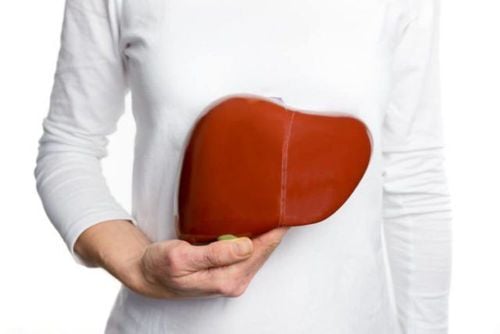
Gan đóng một vai trò quan trọng trong quá trình chuyển hóa
3. Protect the liver
If injury or disease damages the liver, surgeons can sometimes remove up to 3/4 of the area. The liver usually grows back to its former size within a few weeks. If necessary, doctors can also sometimes use part of a donor liver to transplant a patient. The new liver will grow to match the recipient's body.
Recommended video:
Liver transplant saves the life of a 20-month-old girl with congenital biliary atresia
The liver is responsible for more than 500 different functions in the body, as well as more than 100 different forms of liver disease. Some common ones include:
Hepatitis A, B and C Alcohol-related liver disease Non-alcohol-related liver disease The two biggest risk factors for liver disease are excessive alcohol consumption and a family history of the disease liver. Although genetic factors cannot be changed, you can focus on making lifestyle changes to prevent liver disease by:
Limit alcohol intake Get vaccinated for hepatitis Choose drugs carefully Beware of needles Safe sex Protect yourself from exposure to chemicals and toxins Maintain a healthy weight. If you're concerned about your overall health and liver problems in particular, it's best to talk to your doctor. Qualified medical staff will advise you on safe ways to promote liver health or address your health concerns.
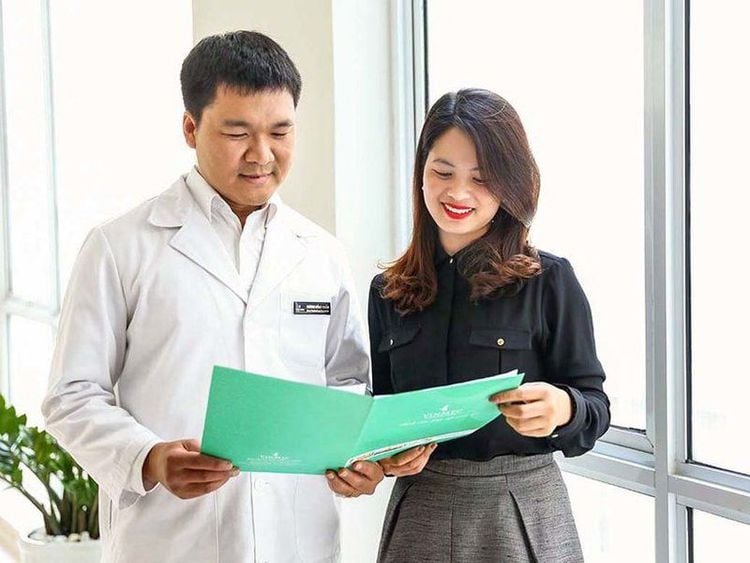
Định kỳ kiểm tra sức khỏe giúp người bệnh sớm phát hiện bệnh lý và điều trị kịp thời
With the goal of comprehensive health care in general and preservation of liver function in particular, Vinmec International General Hospital deserves to be a reliable address for all families, especially middle-aged members. when risk factors for liver damage have gradually formed. When customers come to check, Vinmec's team of professional and experienced doctors will welcome and graciously inquire about current unpleasant symptoms, history of liver disease, history of alcohol consumption, history of hepatitis. personal and family history. If it is found that the client has high risk factors for liver disease, the doctor will order laboratory tests to evaluate and screen. The system of means, machines and testing equipment at Vinmec is modern, up to international standards and of international quality in order to bring customers the most accurate results. Accordingly, laboratory tests for underlying liver disease may include:
Blood tests - check the level of liver enzymes in the blood. If levels are high, this will be evidence of liver damage. At the same time, blood tests also help evaluate liver function through blood clotting function, blood protein, bilirubin. In addition, blood tests also help find the cause of cirrhosis such as finding viral hepatitis antigens, quantifying copper and iron accumulation in the blood in metabolic liver diseases. Liver ultrasound – With ultrasound waves, the shape and structure of the liver is shown, helping doctors find abnormalities as early as possible, even when there are no symptoms. The most sensitive feature on ultrasound is the presence of stones in the bile ducts in the liver parenchyma or stones in the gallbladder. Liver Biopsy - For liver lesions that cannot be explained by conventional tests or for prognostic diagnoses, a liver biopsy for microscopic observation of hepatocytes is indicated. In addition, Vinmec International General Hospital System has deployed many other specialized tests in liver examination packages, suitable for each subject. This is an expression of our commitment to comprehensive health care, giving everyone the opportunity to have a healthy and long-lasting liver.
Please dial HOTLINE for more information or register for an appointment HERE. Download MyVinmec app to make appointments faster and to manage your bookings easily.
Reference source: webmd.com



